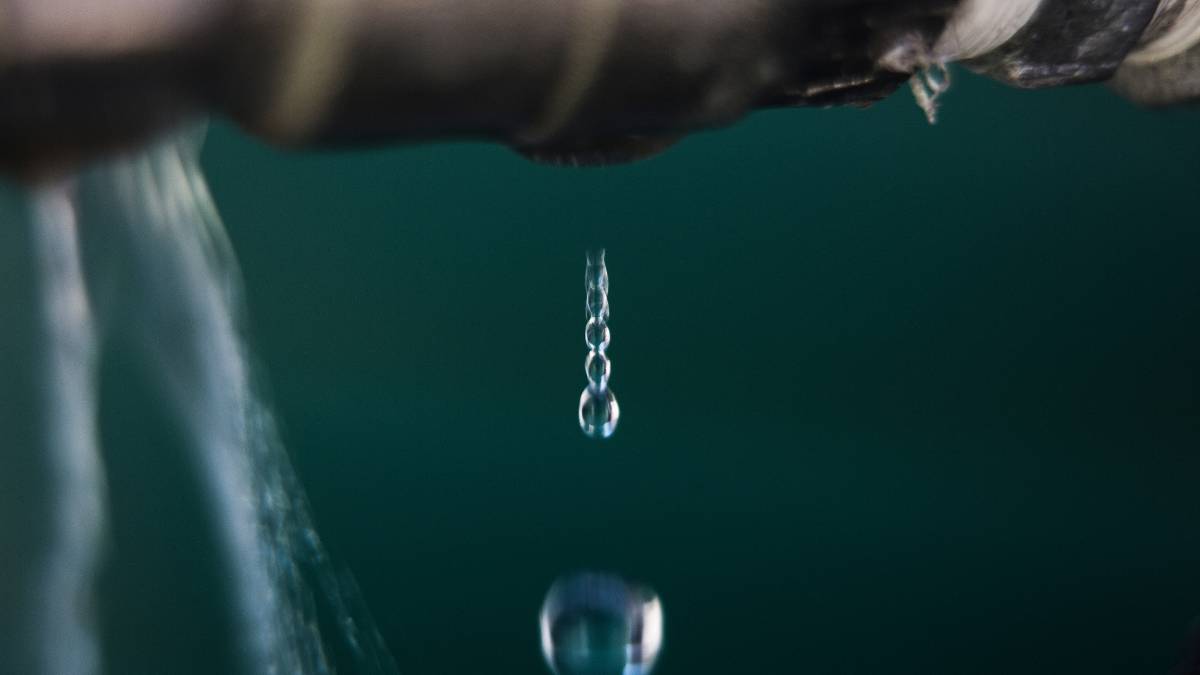Last Updated on July 8, 2024 by Kravelv Spiegel
Water leaks in your home can be a real nuisance, causing damage to your property, increasing your water bill, and potentially leading to health issues due to mold growth. It’s crucial to address leaks promptly to prevent these problems. Here are six essential steps to help you fix leaks in your home.
1. Identify the Source of the Leak
The first step in fixing a leak is to identify its source. Leaks, including faucets, pipes, toilets, and roofs, can occur everywhere. Look for visible signs of water or water stains to locate the source. Check for dampness, discoloration, or mold growth on walls and ceilings. If you can’t find the source, turn off the water supply to your house and observe whether the leak stops. This can help you pinpoint the issue.
Also Read: Common Outdoor Faucet Problems
2. Turn Off the Water Supply
Once you’ve located the source of the leak, it’s crucial to turn off the water supply to the affected area. You can usually shut off the water at the fixture if it’s a localized issue, like a leaking faucet or toilet. However, if the leak comes from a pipe or a more extensive area, you may need to turn off the main water supply to your home. This is typically done through a valve near your water meter.
3. Gather the Necessary Tools and Materials
Before you start fixing the leak, gather the tools and materials you’ll need. The specific items required will depend on the type of leak and its location. Generally, you’ll need things like wrenches, pliers, pipe tape, sealant, replacement parts (if applicable), and a bucket or towels to catch any excess water. Ensure you have the right tools for the job to avoid unnecessary delays.
4. Repair the Leak
The method you use to repair the leak will vary depending on the source of the problem. Here are some common scenarios:
- Faucet and Fixture Leaks: For leaks around faucets or fixtures, you may need to disassemble them and replace worn-out washers, o-rings, or seals. Ensure everything is properly tightened and reassemble the fixture.
- Pipe Leaks: If the leak comes from a pipe, you might need to patch or replace the damaged section. Apply pipe tape or a suitable sealant to seal small cracks or leaks. For larger issues, consider calling a professional plumber.
- Roof Leaks: Roof leaks can be more challenging to fix. You may need to inspect the roof, identify the damaged area, and patch it using roofing cement or sealant. It’s often recommended to consult a roofing professional for extensive roof repairs.
5. Prevent Future Leaks
Prevention is the best way to avoid future leaks. Regularly inspect your home for signs of potential leaks, such as water stains or corrosion. Maintain your plumbing and fixtures, replacing worn-out parts and conducting routine maintenance. In cold climates, protect your pipes from freezing by insulating them, and in warmer regions, keep an eye out for rust and corrosion. Additionally, consider investing in a water leak detection system, which can alert you to leaks in real time. When facing complex or extensive leaks, it’s wise to seek professional assistance from a commercial plumber Columbus OH, to avoid further complications.
6. Test for Leaks
After making the necessary repairs, turn the water supply back on and test for leaks. Check for any signs of water seepage or dripping. Ensure the repaired area is dry and secure. If you’re dealing with a complex plumbing system, it’s advisable to let the water run for a few minutes to verify that the leak is fully resolved.

